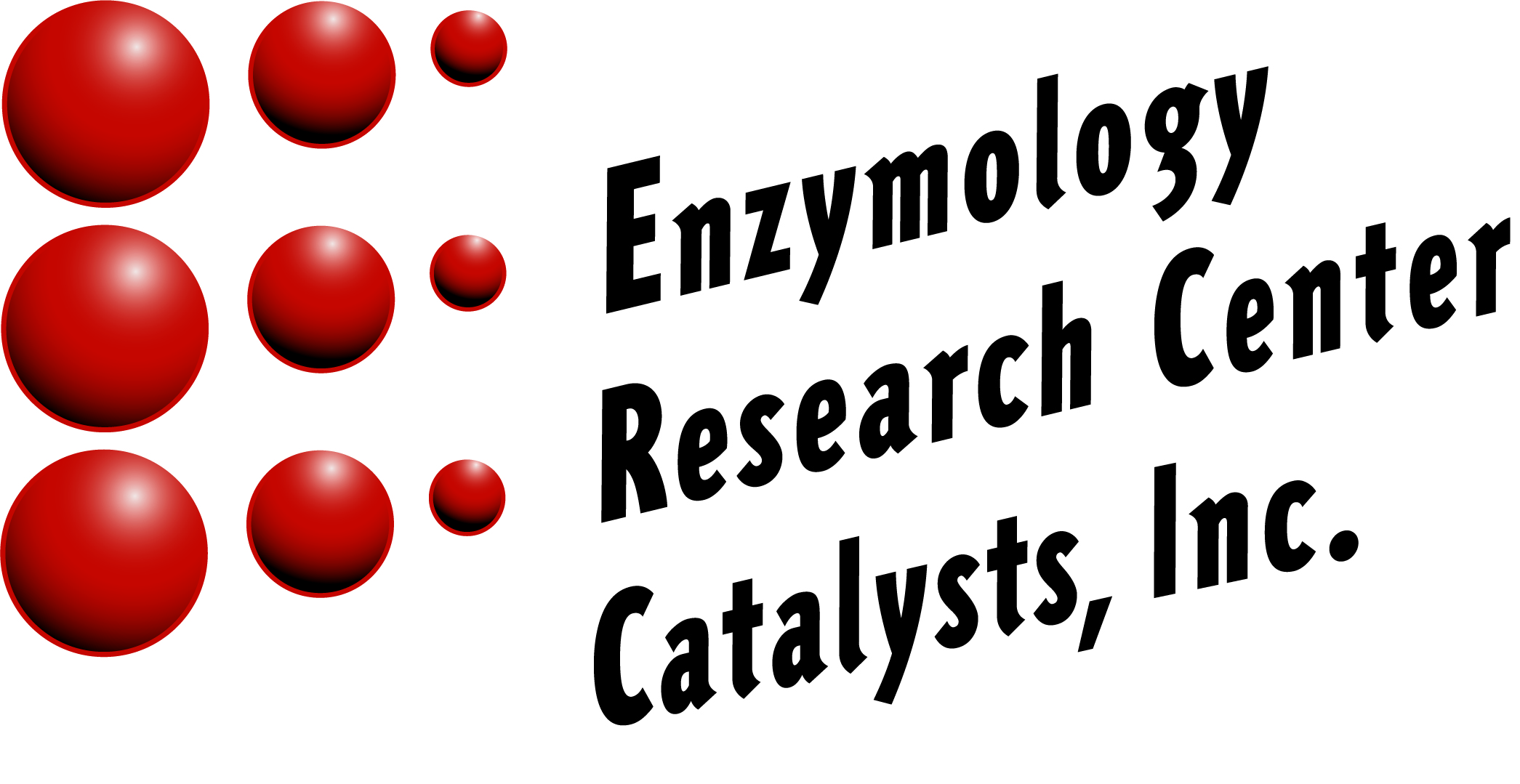Enzymes: 22 Questions
Question 1
True or False: Enzymes are designed for very specific chemical reactions:
Click here for answer
True
Question 2
Which of the following is correct?
a. Apoenzyme + Cofactor = Holoenzyme
b. Apoenzyme – Cofactor = Holoenzyme
c. Apoenzyme = Cofactor – Holoenzyme
d. None
Click here for answer
Answer: d. None
Question 3
How many enzyme classes are there?
a. Two
b. Four
c. Five
d. Six
Click here for answer
Answer: d. Six
Question 4
Majority of the enzymes are inactive at:
a. At 20 degrees C
b. At 10 degrees C
c. Between 30-40 degrees C
d. Above 70 degrees C
Click here for answer
Answer: d. Above 70 degrees C
Question 5
The enzyme that differs in amino acid sequence but catalyzes the same reaction are ___________.
a. Co-factors
b. C0-enzymes
c. Apoenzymes
d. Isoenzymes
Click here for answer
Answer: d. Isoenzymes
Question 6
The temperature at which the maximum activity of the enzyme occurs is ___________.
a. Optimum temperature
b. Maximum temperature
c. Minimum temperature
d. None
Click here for answer
Answer: a. Optimum temperature
Question 7
The class of enzymes that catalyzes synthetic reactions where two molecules are joined together and ATP is used is _____________.
a. Hydrolases
b. Lyases
c. Ligases
d. Isomerases
Click here for answer
Answer: c. Ligases
Question 8
The non-protein organic part of the enzyme is _____________.
a. Co-factor
b. Co-enzyme
c. Apoenzyme
d. Isoenzyme
Click here for answer
Answer: c. Co-enzyme
Question 9
Pepsin and urease are examples for which class of enzymes?
a. Hydrolases
b. Ligases
c. Oxidoreductases
d. Lyases
Click here for answer
Answer: a. Hydrolases
Question 10
Enzymes are special types of:
a. Catalysts
b. Proteins
c. Bacteria
d. Both a and b
e. All of the above
Click here for answer
Answer: d. Both a and b
Question 11
Enzymes change the _________ of a chemical reaction.
a. Type
b. Rate
c. Reactants
d. Product
e. Yield
Click here for answer
Answer: b. Rate
Question 12
Where does the reaction between the enzyme and the substrate take place at?
a. Substrate
b. Activator
c. Active Sight
d. Inhibitor
e. Product
Click here for answer
Answer: c. Active Sight
Question 13
The new molecules or substances released by the enzyme are called:
a. Substrate
b. Activator
c. Active Sight
d. Inhibitor
e. Product
Click here for answer
Answer: e. Product
Question 14
What is the name of the molecule or substance that the enzyme reacts with?
a. Substrate
b. Activator
c. Active Sight
d. Inhibitor
e. Product
Click here for answer
Answer: a. Substrate
Question 15
True or False: The lower the temperature, the faster the reaction at the enzyme will
occur.
a. True
b. False
Click here for answer
Answer: a. True
Question 16
A higher ____________ can increase the reaction rate.
a. Concentration of enzyme or substrate
b. pH
c. Number of inhibitors
d. All of the above
e. None of the above
Click here for answer
Answer: a. Concentration of enzyme or substrate
Question 17
Which of the following pH levels will most likely NOT affect enzyme activity?
a. 2 (very low pH)
b. 3
c. 7
d. 12
e. 14 (very high pH)
Click here for answer
Answer: a. Concentration of enzyme or substrate
Question 18
What are inhibitors?
a. Molecules that make enzymes
b. Molecules that slow down or stop enzymes
c. Molecules that speed up enzymes
d. Molecules that replace enzymes
e. Molecules that combine and separate enzymes
Click here for answer
Answer: b. Molecules that slow down or stop enzymes
Question 19
Inactive enzymes which are not bound to their cofactors are called:
a. Apoenzymes
b. Coenzymes
c. Enzyme Inhibitors
d. Holoenzymes
Click here for answer
Answer: a. Apoenzymes
Question 20
The ‘lock and key hypothesis’ mechanism is related with:
a. Digestion of fat in the body
b. For enzyme specificity
c. For the formation of vacuole
d. Explosives
Click here for answer
Answer: b. For enzyme specificity
Question 21
Which of the following statement is/are correct about Enzyme:
a. An Enzyme is a protein and is used as a catalyst to accelerate the reaction
b. Life would not exist without the presence of enzymes
c. Enzymes participate in cellular metabolic processes
d. All of the above
e. None of the above
Click here for answer
Answer: d. All of the above
Question 22
Name an enzyme that digest fat?
a. Lipase
b. Sucrase
c. Maltase
d. Fructose
e. Fatty acid
Click here for answer
Answer: a. Lipase

